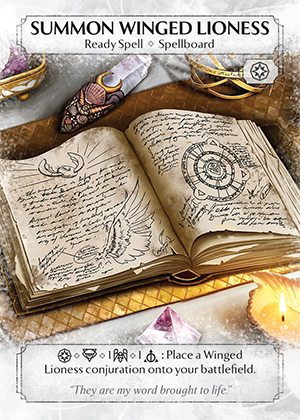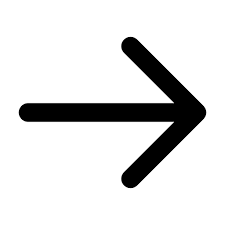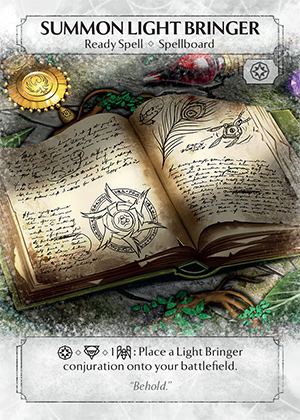Unusual First Five Considerations: Different Ways of Counting to Ten.
Unusual First Five Considerations: Different Ways of Counting to Ten.
By Timothy Cathcart.
In this article I will be writing about Ashes Reborn and deckbuilding. These are perhaps quite basic concepts and ideas so this article is for beginner players and if you're experienced you may find this stuff obvious. However, I'm writing this for myself a year ago when I started to make decks and what I would have liked to know.
When I was first starting with deck building for Ashes I was excited by the world of possibilities the game offers. Then I started to get more serious about making more competitive decks and developing a good first five.
The first thing you may realize when making decks for Ashes is that you must plan a first five (or several first five variations once you start getting fancy). The next thing you'll consider is that with ten dice to spend in round one, you'll be at a disadvantage if you can't spend all ten of your dice and your opponent can.
At this point there is an efficiency based model that you can employ. Simply pick a combination of five cards that cost in total the ten dice you have chosen. This includes not only their play cost but also the cost to summon books ect. Add in the cost of your PB's ability and for a lot of decks this super card and dice efficient first five will work well.
However the more I play the game the more I've come to realize there are more first five options that are also competitively viable. Essentially more ways of counting to ten dice spent.
"This one goes to eleven" Flexible Overcosted First Fives.
The first option you may wish to consider is having "too many" cards and abilities in your first five than you will be able to play/summon with ten dice.
This strategy has many benefits:
By having multiple options you can react to your opponent's strategy even after you choose your first five.
By having extra cards in hand you can bluff many more options late into round one. It's much harder for your opponents to predict what you have, if you hold onto two cards in hand vs one. With only one card they can count to ten while examining your spellboard and leftover dice, and work out the likely card you have. Much more difficult for them to guess, if you keep those two cards in hand, late into round one.
By not playing all of your cards in round one you will also be able to guarantee a particular card in hand for round two instead. Normally in round two your hand is completely random so this can be useful.
Here are some examples of having flexible first fives:
Golden Veil. Protective reaction spells like Golden Veil and Fate Reflection are great cards to have in flexible first fives. If your opponent tries to use removal, they are extremely powerful. However, what if your opponent doesn’t play removal? We'll no need to just waste that charm dice, have a backup plan for spending it instead! A good idea here can be to play slightly slower then your opponent. Wait for them to spend their dice/cards before you can safely spend the charm dice on something else, knowing now that they don't have removal after all.
The great thing about these cards is that if you don't spend them round one you are usually very happy to keep them for round two, continuing to protect your key unit.
Ice Trap. Ice trap is particularly amazing against two dice summons or units with two health like Winged Lioness ect. But depending on what they play, you may wish to spend the dice on something else instead.
Nature's Wrath. Nature's wrath is great in the first five against swarm openers, especially useful to include this in a first five with a PB that can struggle against lots of units all attacking at once, or if you suspect your opponent to play raptor herder or prismatic fish.
Adept Duellist. This one is even more of a specific counter, but if you suspect an alteration like root armour giving you a hard time, then including a duellist might be a good inclusion for your flexible first five.
Fester. Having removal like fester, excavate or even molten gold In your first five can be super useful if your opponent plays a knight or even a key two cost unit. However it can often feel like a waste of a dice if no good targets show up for removal, or you can't get a wound to stick.
Summons. Playing a summon spell but not summoning it round one is a particularly efficient use of first five flexibility. Not only do you have the flexibility of choosing to either summon or not, you will also draw a full five cards in round two since your "extra" card is sitting in the spellboard and not in your hand. You can even go all in on this concept and have an expensive summon that you don't plan to ever summon round one, but this loses the value of first five flexibility.
Summons with book tax are inversely efficient to not summon round one so avoid using these books without committing to using them.
Body Inversion. Just like a removal spell from hand, this spellboard card can be situationally very powerful, but as in real life, often the right opportunity to invert someone’s body doesn't come up. Reduce the sting of this situation by having a plan to spend that illusion dice elsewhere.
Mounts. Mount summons can be great but often pose a problem, what if your opponent can kill your ally before you get to mount it? A good answer to this is to have something else in your first five you can spend dice on in case you are unable to summon your mount.
There are endless more examples but hopefully the idea here is clear: Include a situational but powerful card in your first five in addition to a back up dice spend plan. With an over budgeted first five you can decide for example whether to play fester or summon a bone crow. If the opportunity comes up, play fester for a nasty removal option. No good targets for fester showing up? Then try to summon the bone crow.
So how do you accommodate so many variable costs for this flexible first five?
Match costs. If you plan your first five around either summoning a steadfast guardian or playing molten gold, the mismatch in dice type will give you a massive headache. Instead, think about including both a Steadfast Guardian and Kneel in your first five. They both represent the same two dice spend with no conflicts, so you won't have a problem being able to pay either of them, even once you are down to only two dice.
The basic costs on most PB unique card are great for this since they dice match with anything.
Include ten dice worth of first five cards in addition to a Sword of Virtue and you have a lot of options.
How do you get above ten dice? Knights can be useful here but vulnerable to removal. A book tax two cost summon like Tidal Crab costs three without the same loss of investment (since you still payed the tax for later summons). PB abilities with a dice cost are really great for putting your first five cost above ten without having to include too many expensive cards.
Additionally you can plan to spend dice on dice powers (a subject I'll get into more in the next section).
"This one goes to… nine?"
The inverse option from overcosted, flexible first fives is also equally valid. Having a hand of cards which adds up to less then ten can be supplemented by planned usage of dice powers.
Dice powers are generally not as good as spending a dice on cards. I mean otherwise the game wouldn't really function since cards would have little value!
However the cost of losing efficient dice spending is sometimes worth it for the inclusion of specific summons and cards in your first five.
One soof far inmy competitive playdecks has been improved by removing Winged Lioness and replacing it with Light Brigher.Bringer.
Additionally I swapped out Frost Fang and replaced it with Root Armour. (Admittedly Frost Fang is also not a commonly played card but the point is I went from spending two of my first five dice to only spending one.)
By focusing on exactly what five cards you need in round one to really make your deck sing, you can supplement that choice with good dice power usage rather then give up on a powerful opener idea in favor of more expensive cards to fill out the ten dice.
Often the key to using these dice powers is to remember that you will be spending the dice for its power side, and meditating them up at the start of the round.
But not all dice powers were made equal, and that is especially true for a first five!
Nature. A nature dice power is possibly the most generically useful, sometimes trading into a one health summon with no efficiency loss at all. But even without that best case scenario, one damage is almost always useful at some point during round one, so it is the dice power I recommend the most incorporating into a first five.
Ceremonial. A ceremonial dice can fit great into a first five. You can play aggressively with an ally like raptor herder and try to force your opponent to block and kill them. Then, pull them out of the discard and do it again! Or you can simply meditate with an ally heavy deck and see what comes up in the discard to pull back out.
Divine. Boosting attack seems like an aggressive move, and it can be, but I've generally found that one dice for one damage to your opponent's PB isn't that great use of dicedice, specificallyespecially in round one, so potentially avoid attacking a PB with a divine boosted unit. Instead think about how you can force an early guard and then use the divine power to kill a unit you wouldn't have be able to otherwise. A divine power on an alert unit like Beast Tamer can also be really annoying for your opponent to deal with. With the same logic, using refresh effects on an aggressive divine dice unit can work wonders. Often your opponent doesn't expect the divine dice and attack combo!
Charm. Charm is especially useful if you are playing with terrifying units like Frostback Bear to downgrade would be defenders, but it can also be useful if you are playing defensively and a nasty unit shows up with enough attack to mess up your wall plan. Still, I've found charm more difficult to incorporate well into a first five plan than others.
Illusion. Spin down is a tricky proposition. Generically pretty useless since your opponent can just med the dice back up, or maybe they didn't even need those dice at that level you reduced them from. However, paired with a first five removal card, spin down can be a potentially very powerful round 1 play to prevent a Golden Veil or Fate Reflection from your opponent. Additionally if your deck hopes to win by end game fatigue damage, incorporating an illusion dice power can provide good value, potentially 2 mill from forcing meditation, which is pretty good value. Just make sure to try and predict which dice they actually need at a particular level or its a waste of a dice.
Time. Time is great if your opponent has a token to remove (a personal favourite is to remove a token from chant of transfusion), but this can be matchup dependent. Even without the second part of the ability, a time dice can provide very consistent if a little inefficient value. I'd recommend not planning to use it in a first five.
Sympathy. Sympathy dice power is rubbish and if you ever use it it probably means you've lost the game. I'm only somewhat joking! Sometime near the end of the game, using a sympathy dice can draw you that last burn card you need. Perhaps there is a strategy for sympathy dice powers that I'm unaware of, but for planning a first five it's seems ana very unwise value proposition.
Of course, I'm sure there are plenty of way to use dice powers in ways that I'm missing from these examples.
The point however remains: Obvious dice efficiency isn't everything in Ashes Reborn, justsometimes asits cardworth losing a little efficiency isn'tto everything.play a very specific combo of cards in your first five.
Conclusion.
In my experience there are lots of legitimately powerful and competitive first fives that either involve a hand of cards with total costs that exceed ten or are less than ten.
When deck building, consider whether your deck would benefit more from the inclusion of a highly synergistic card, even if that brings your total below ten.
Conversely, also consider if your first five would benefit from the flexibility of including a counter card to shore up a particular weakness, even if that card brings your total first five costs to exceed ten.
If you're completely new to deckbuilding, you may be best to stick with matching all five card to your ten dice, but just know that the world of more unusual first fives awaits you.

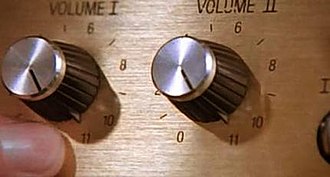
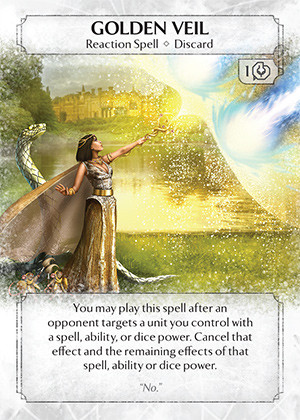
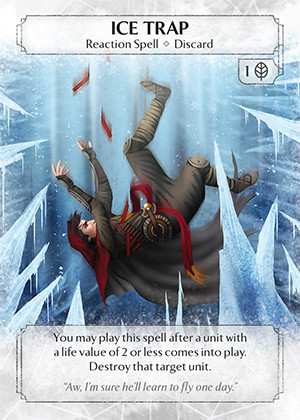
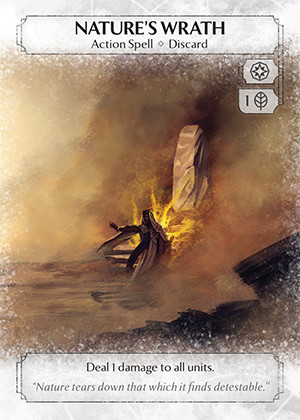
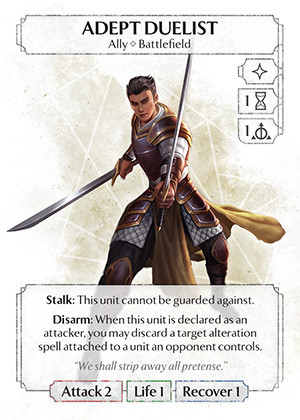
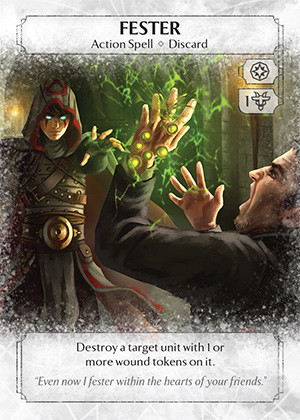
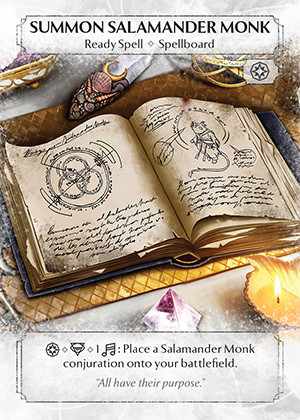
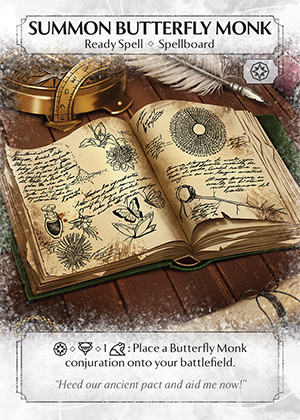
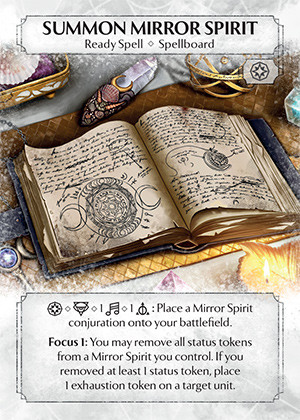
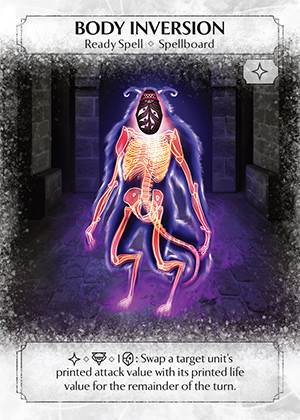

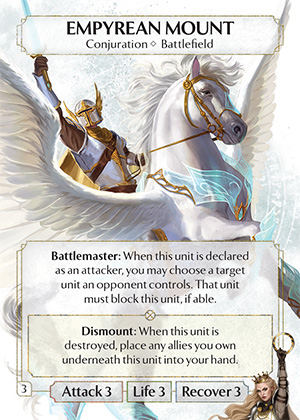
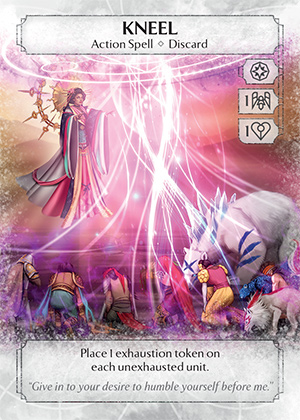
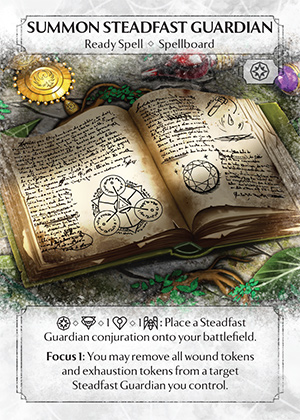
 .......
....... ???
???